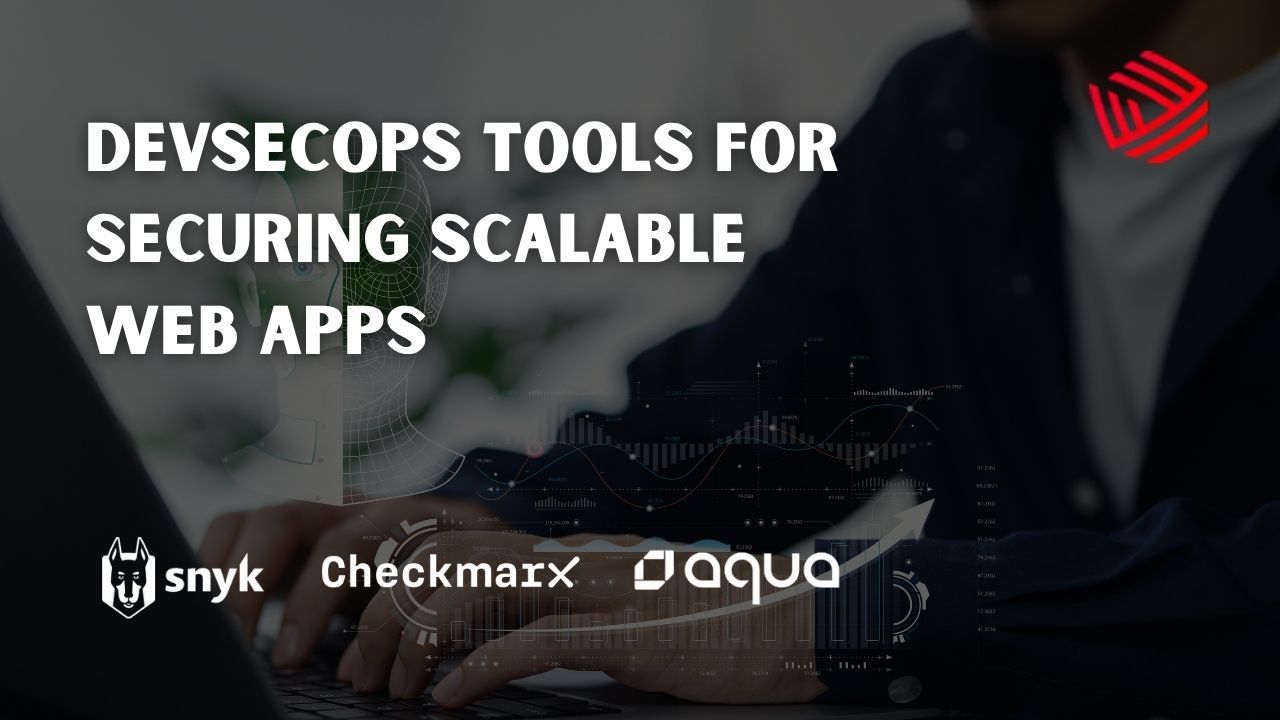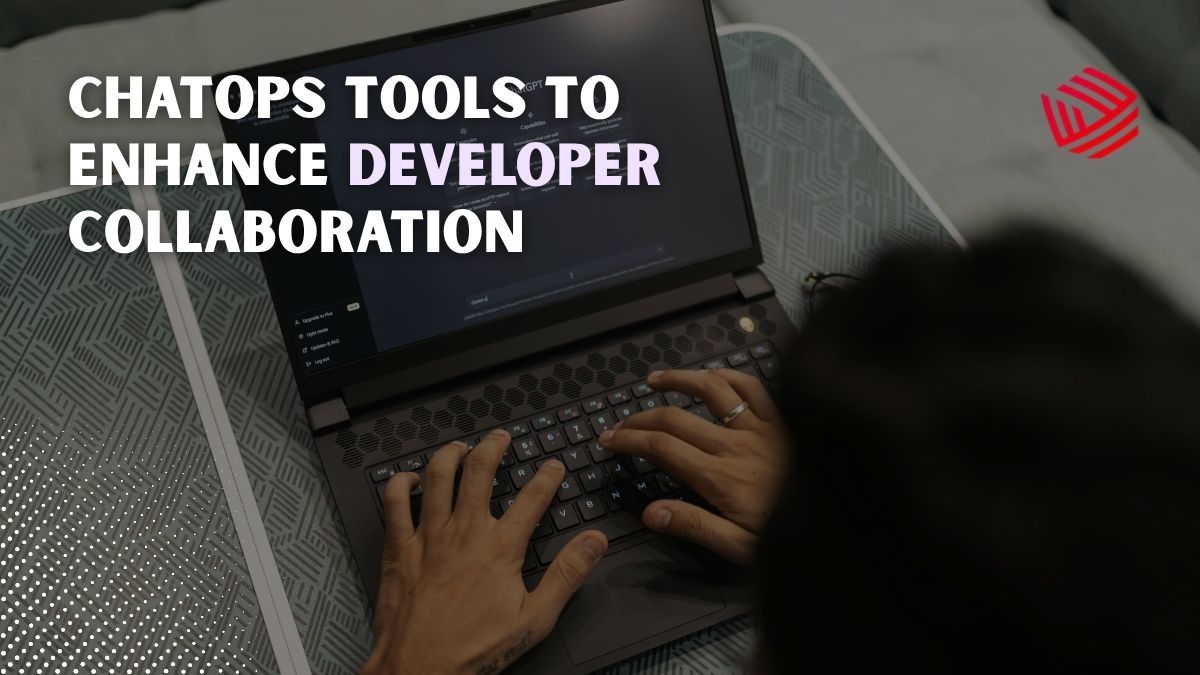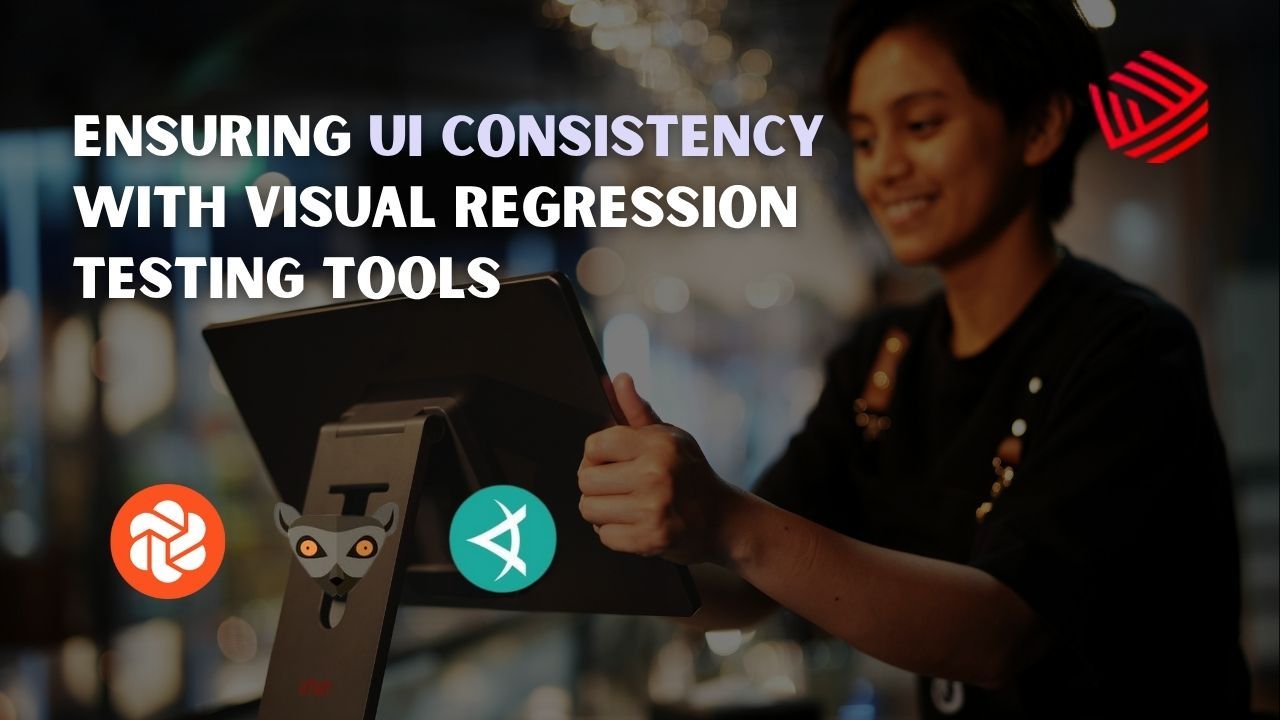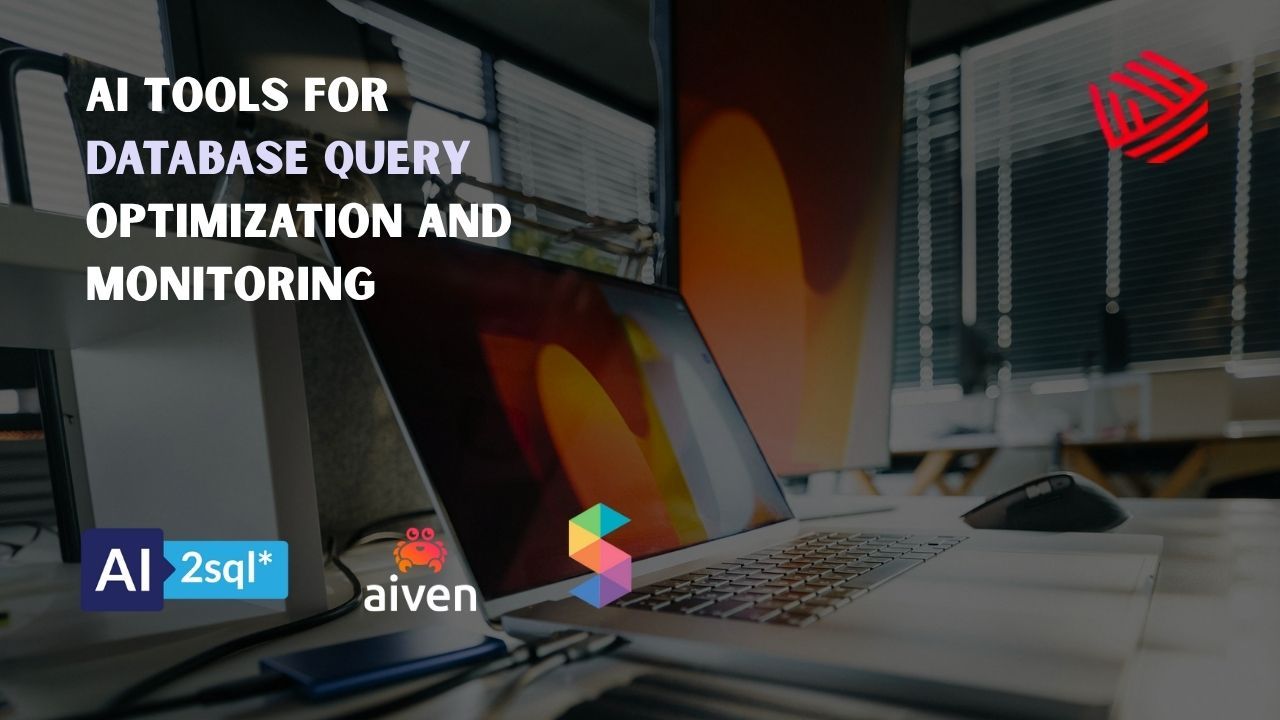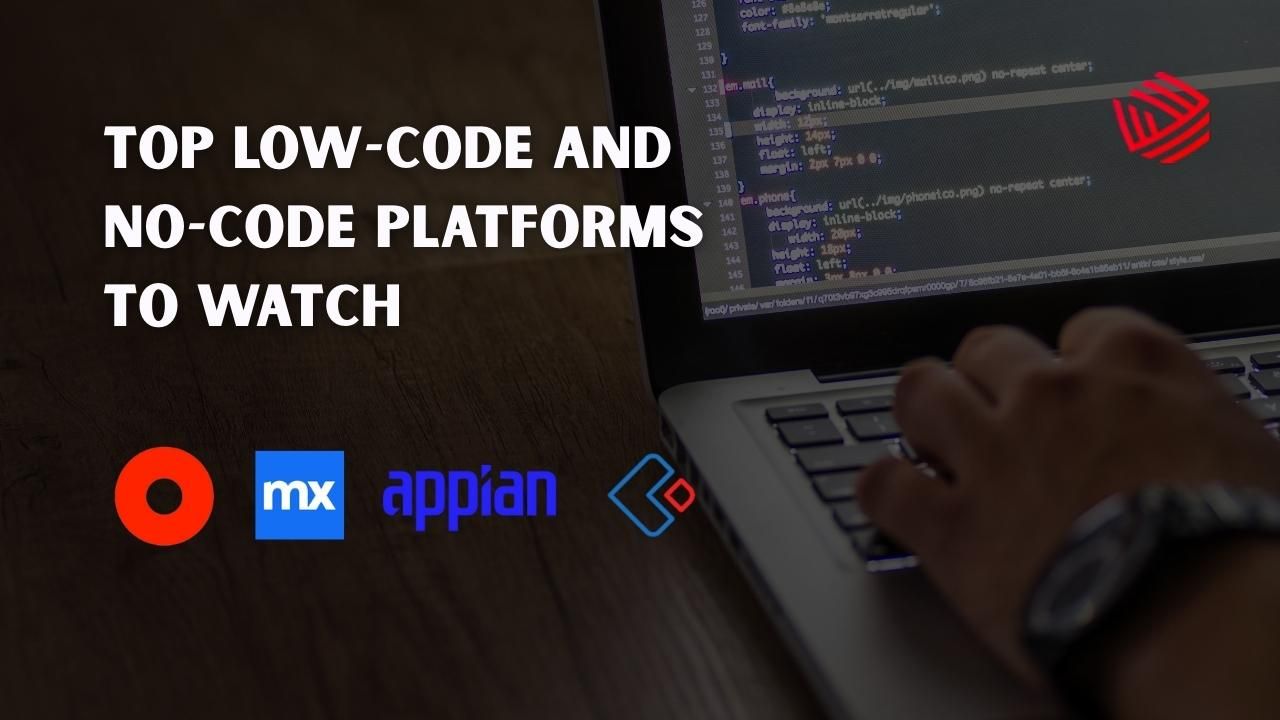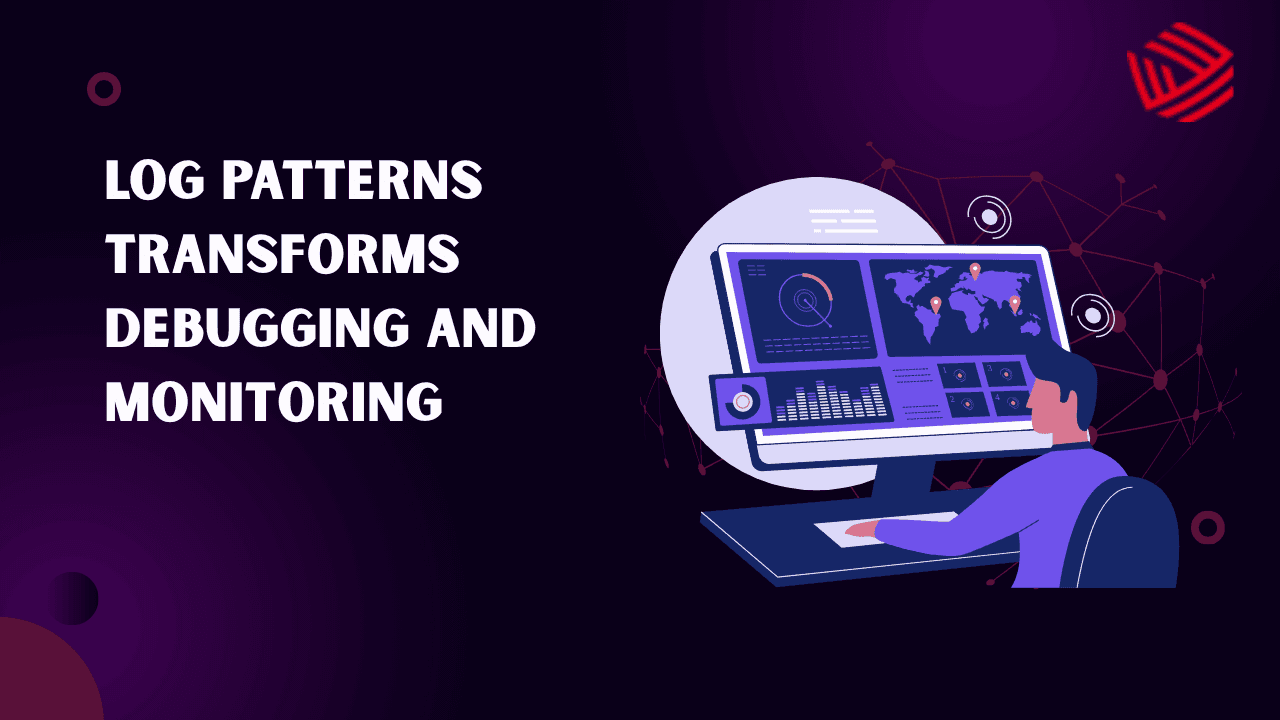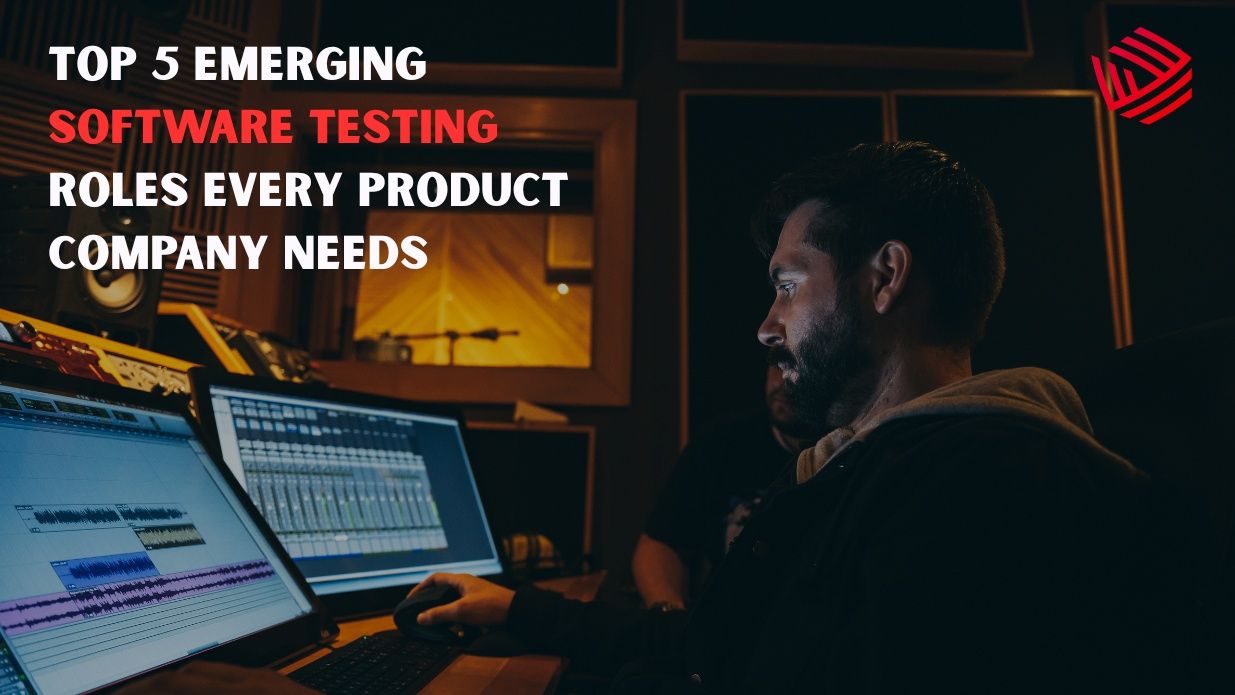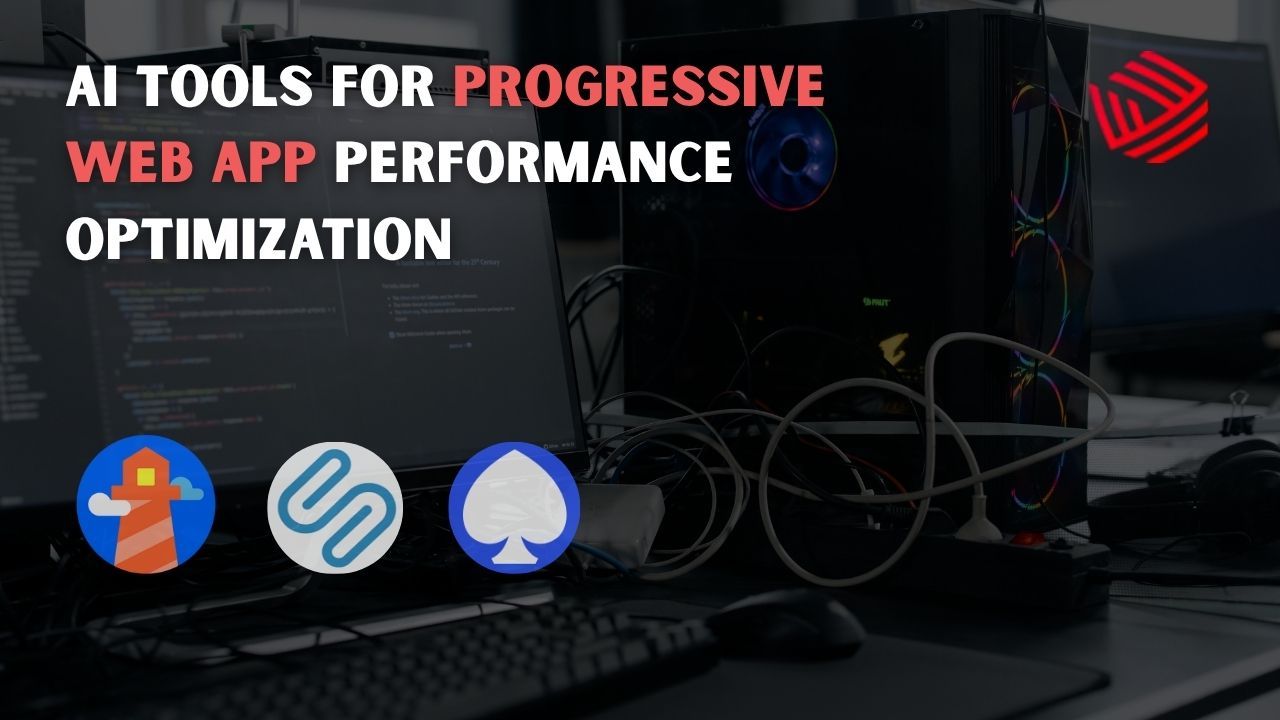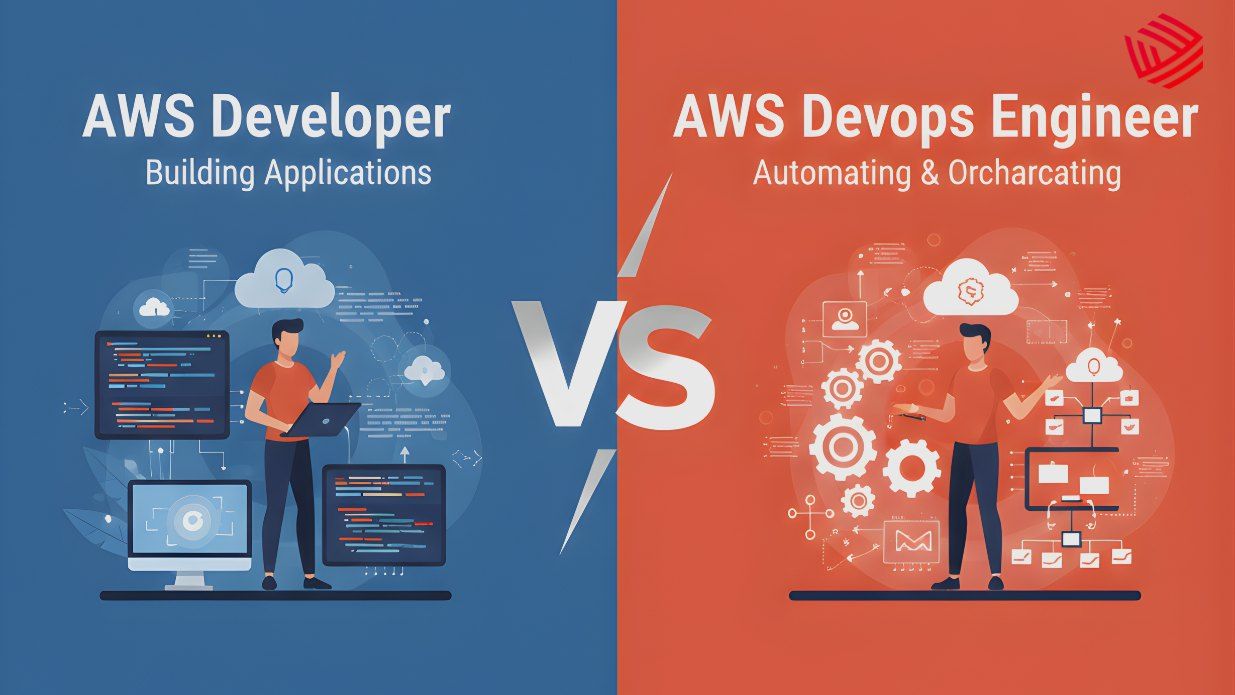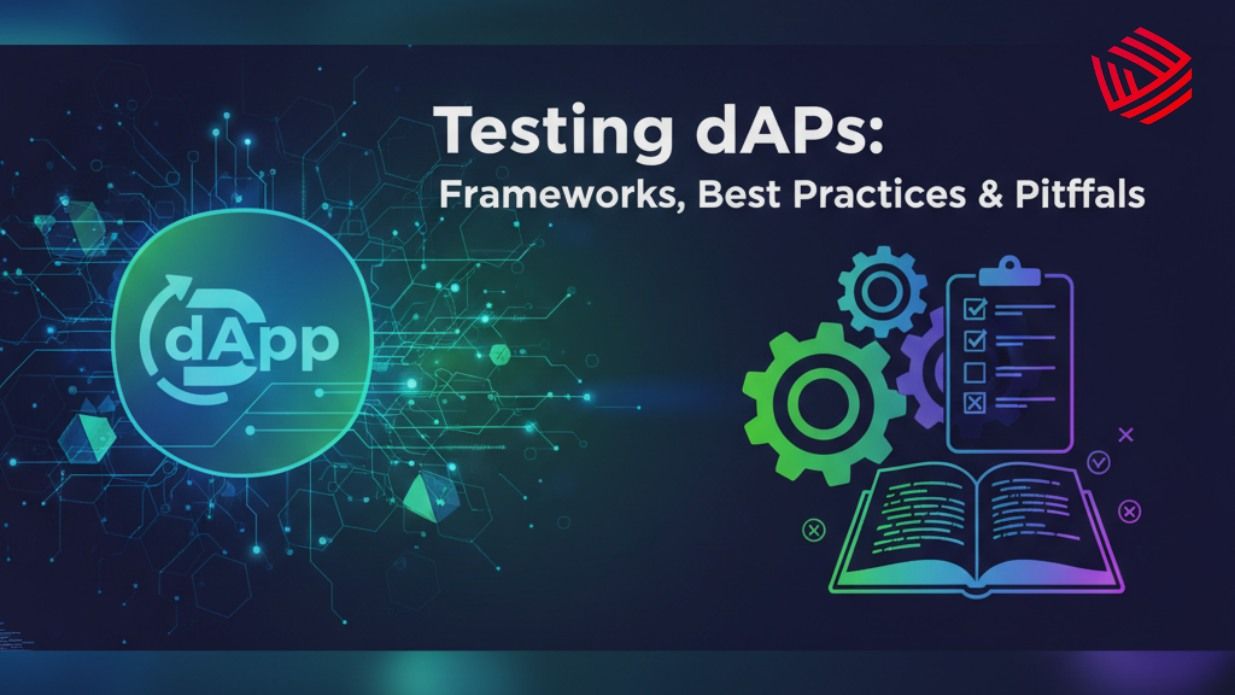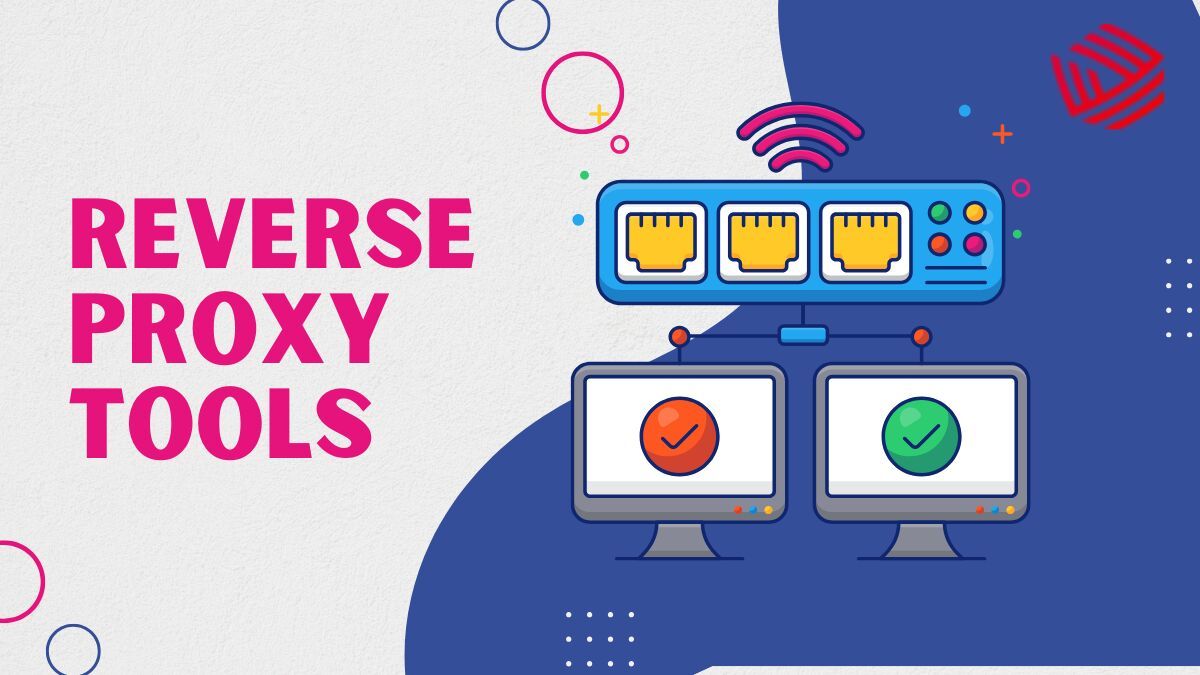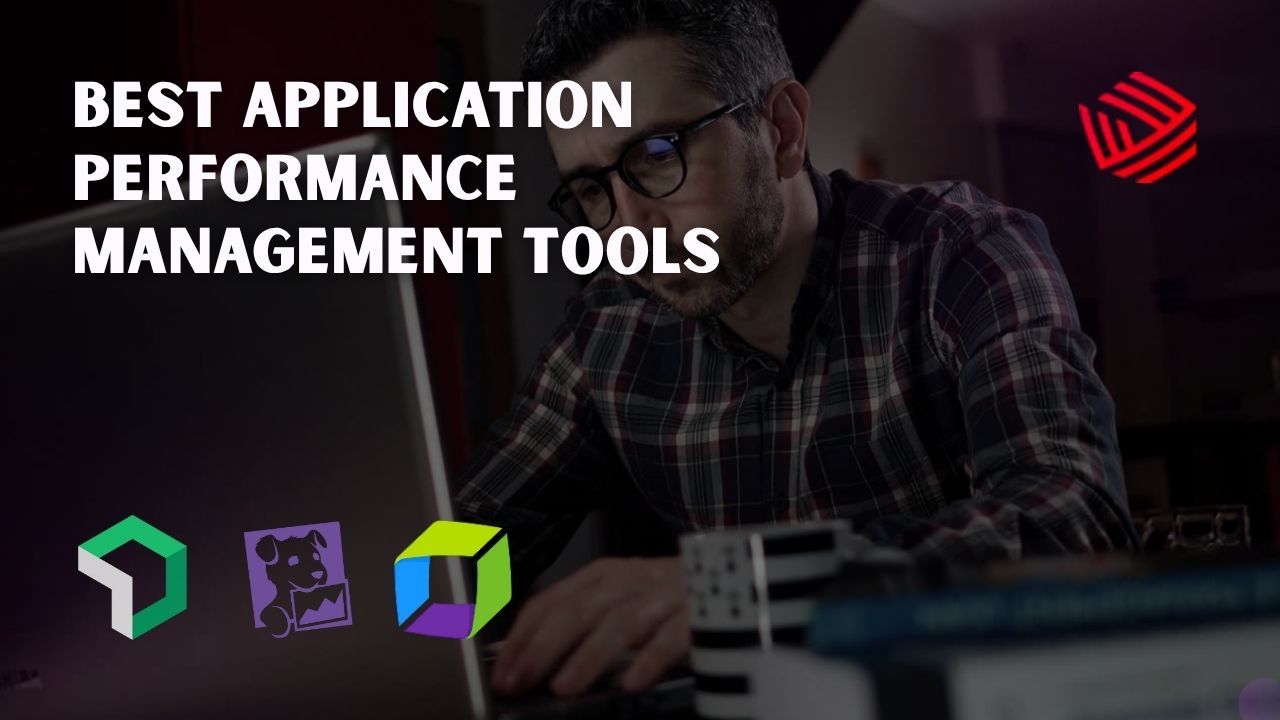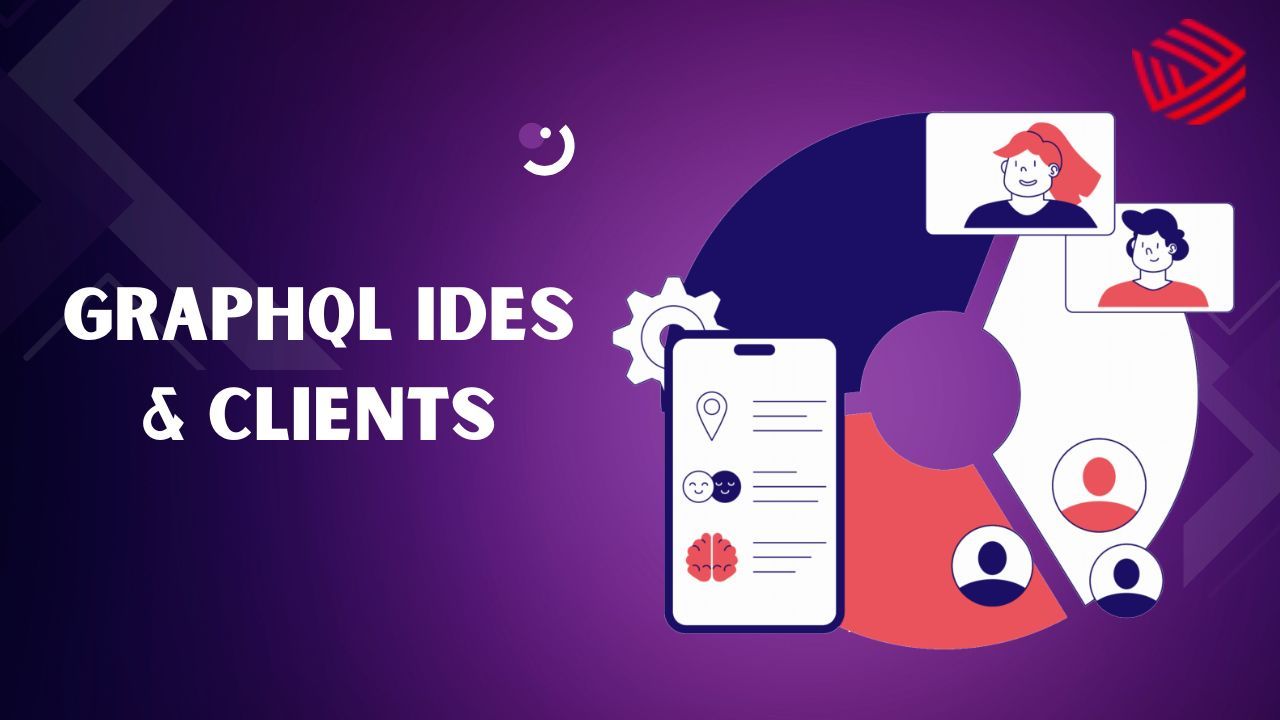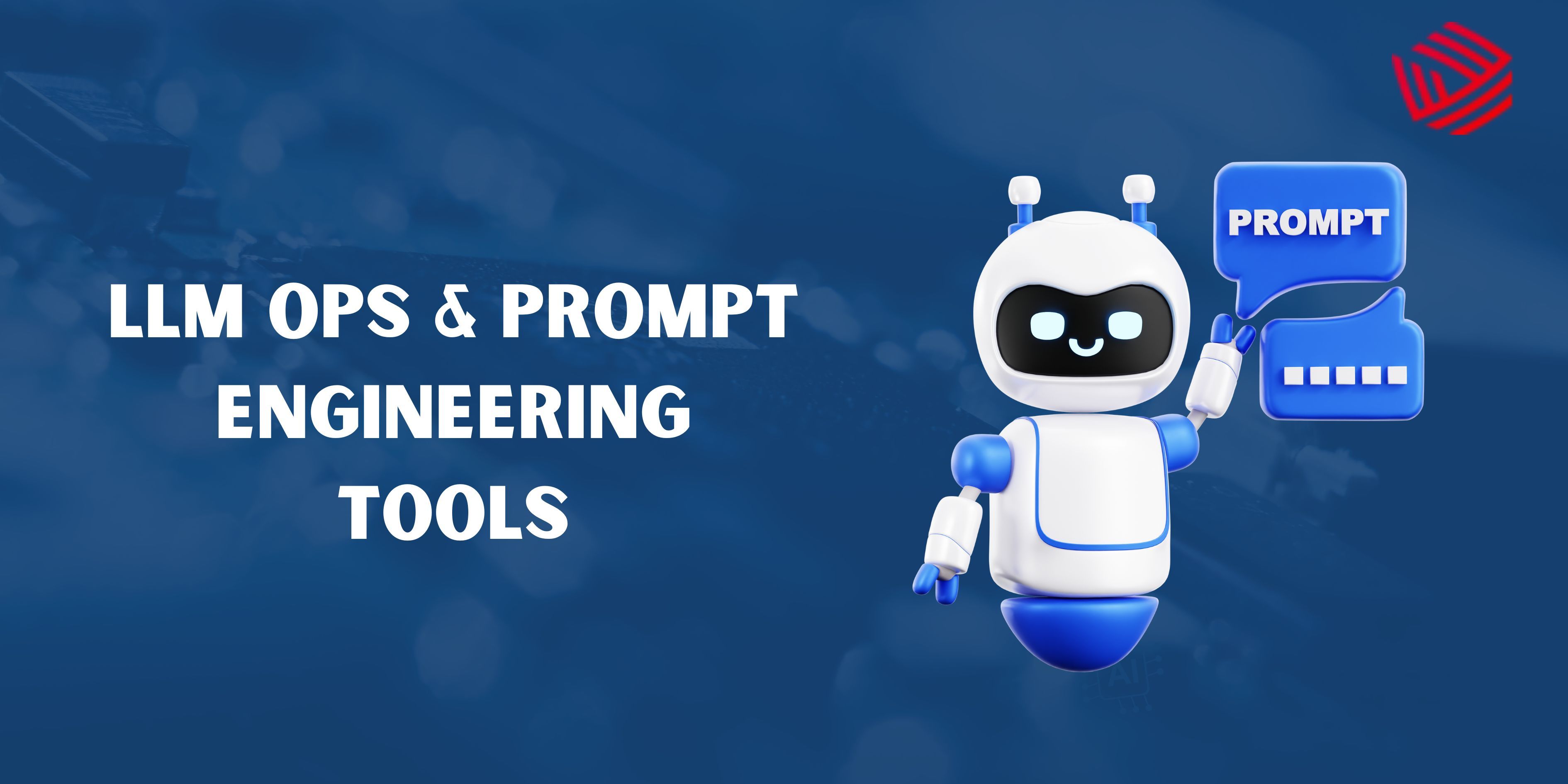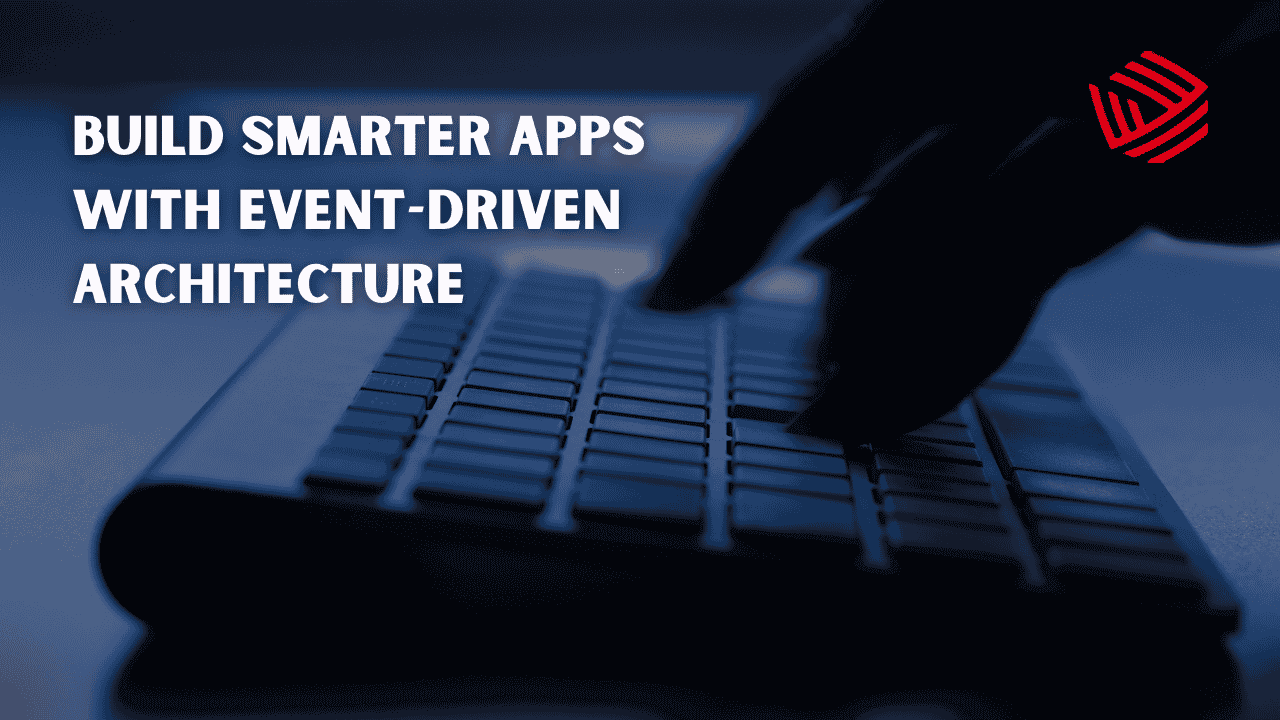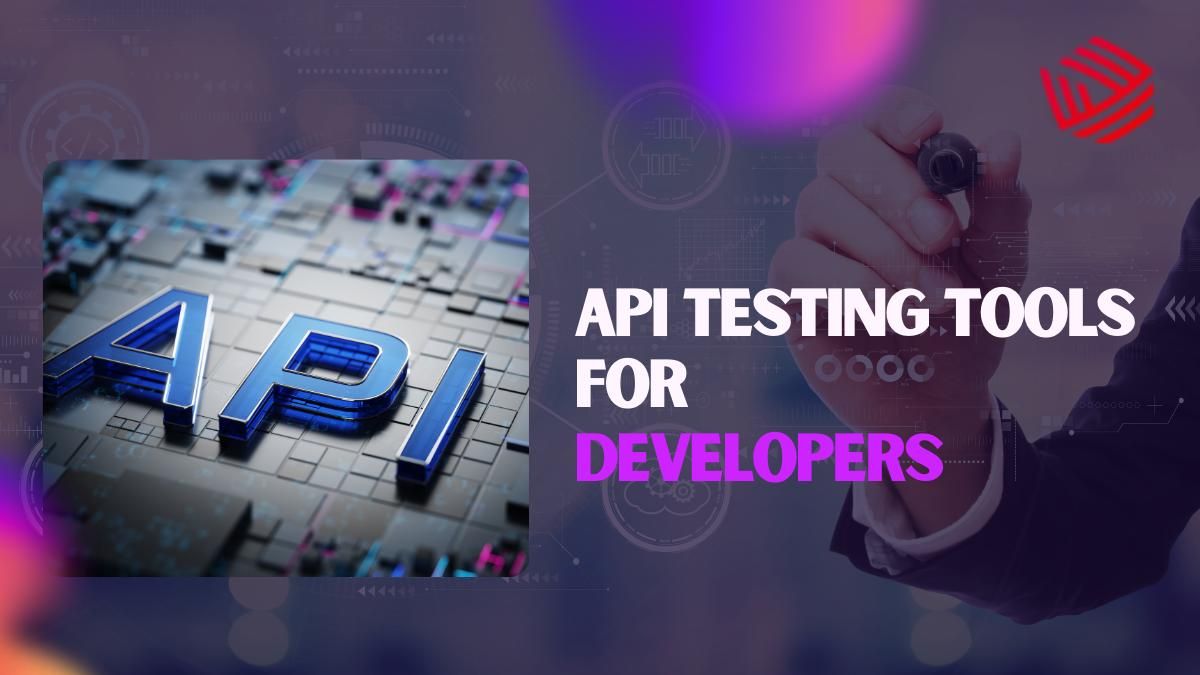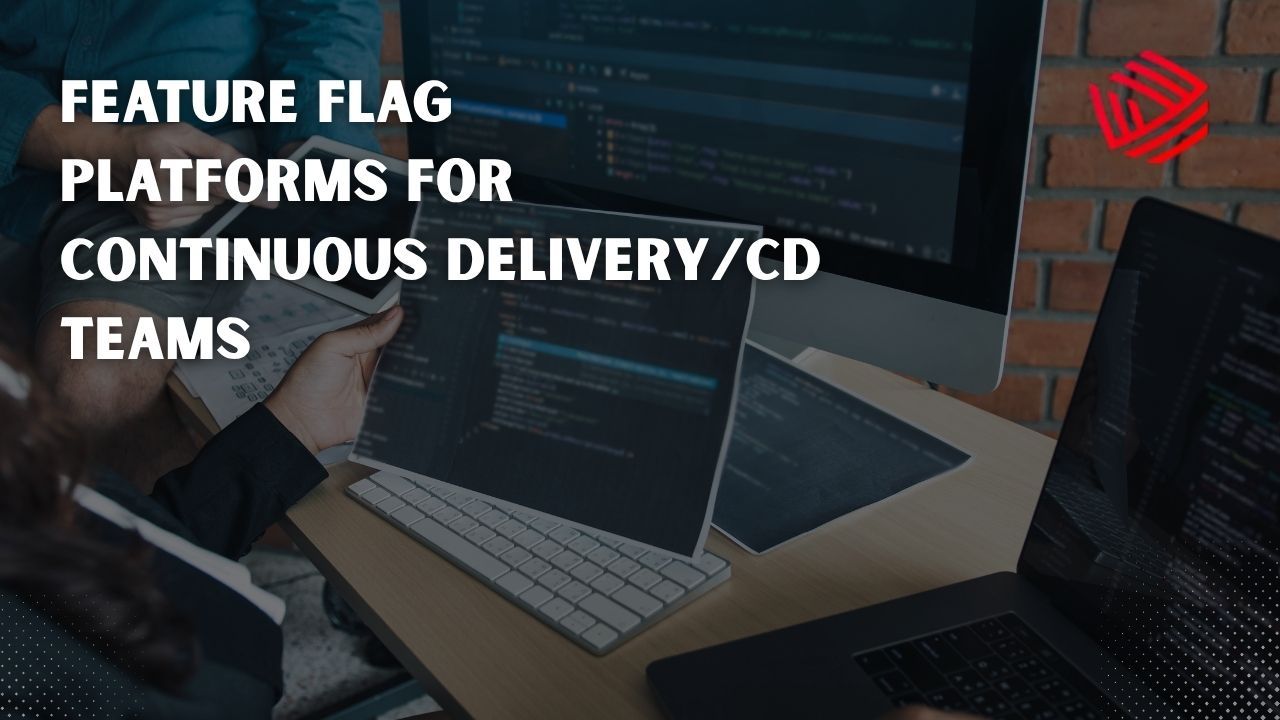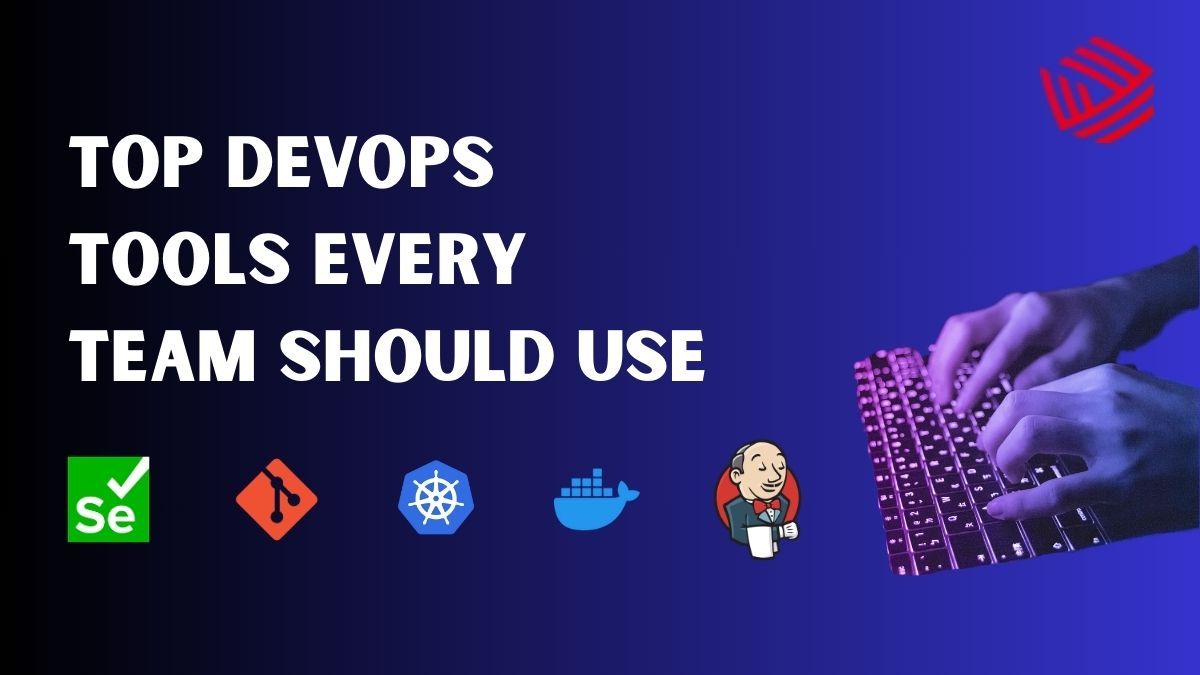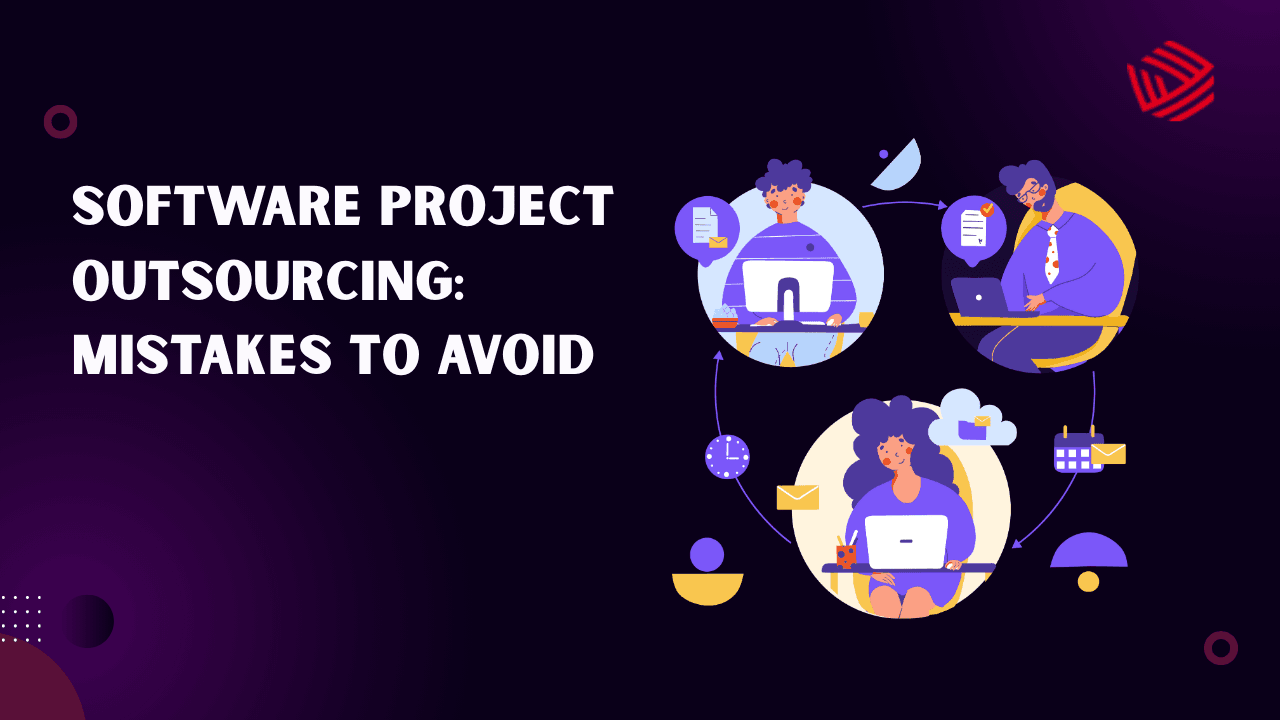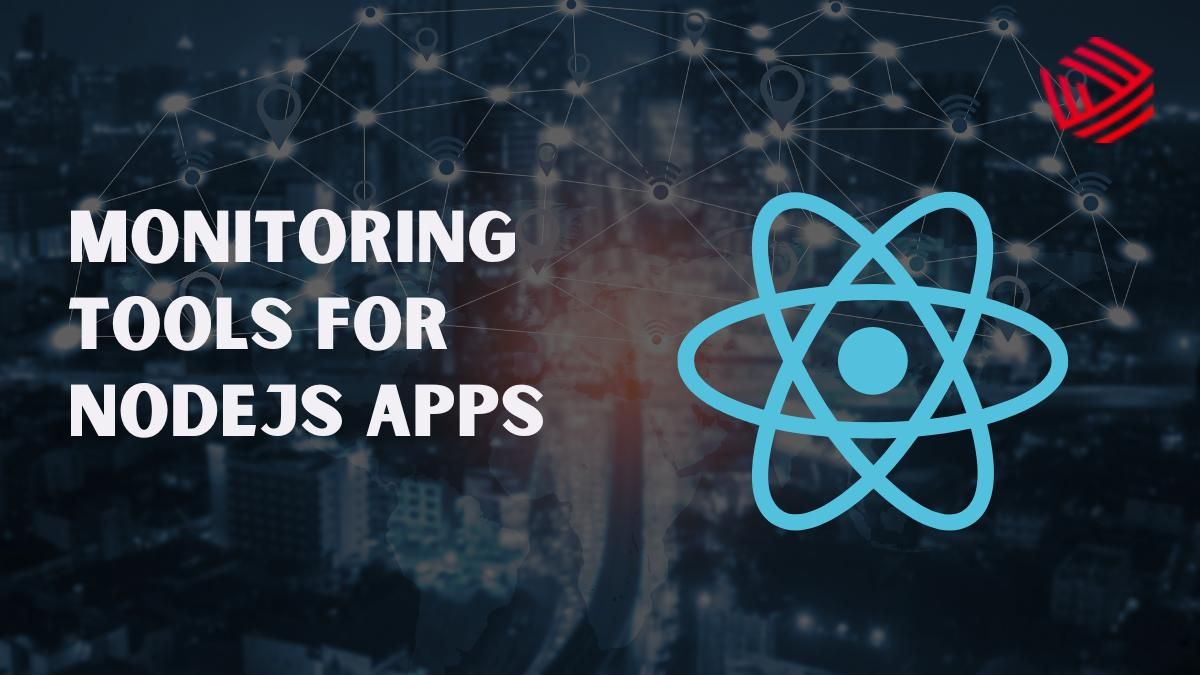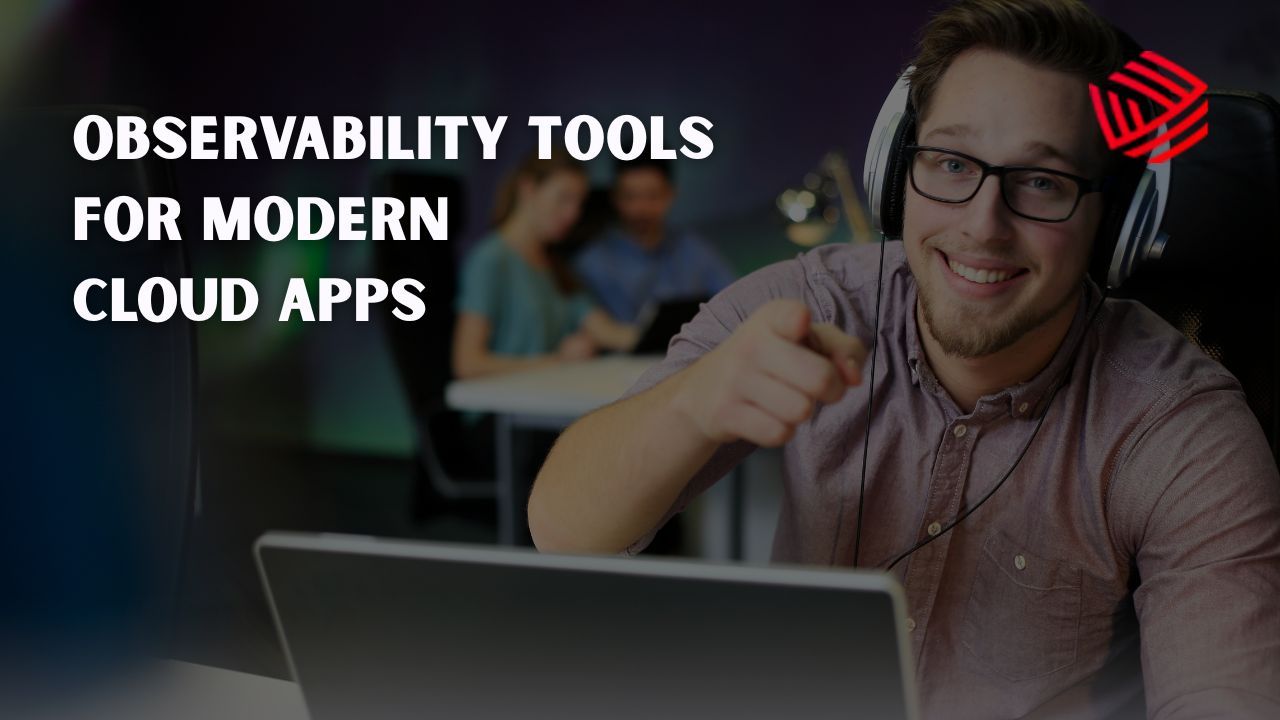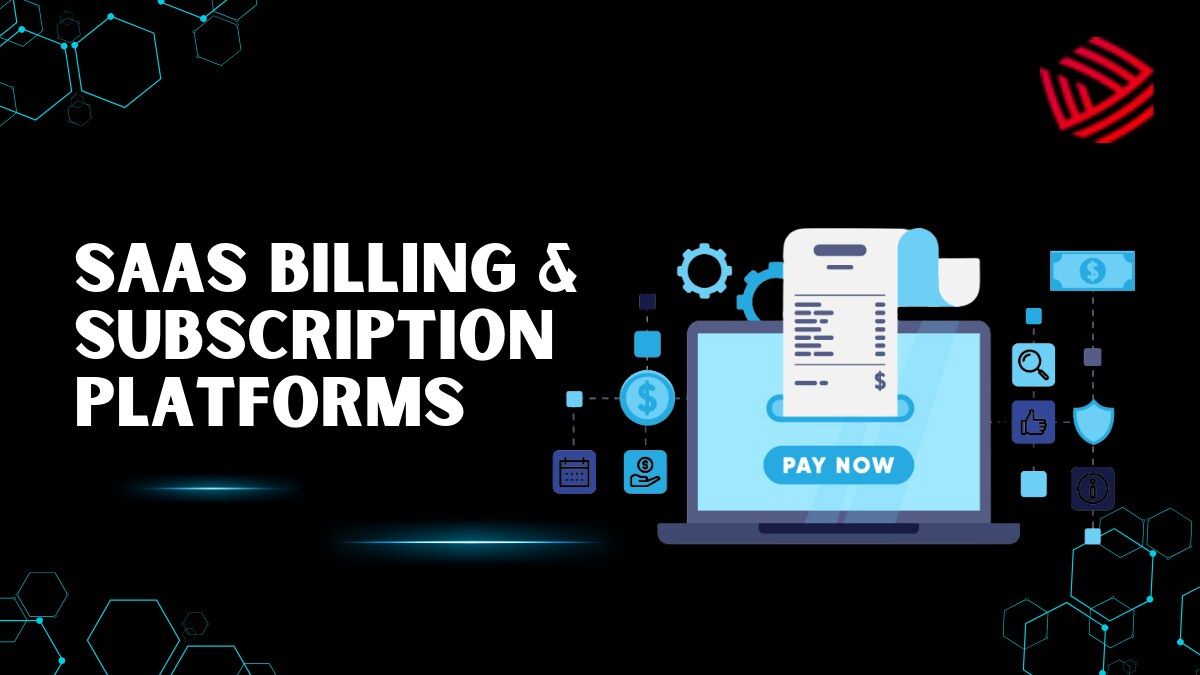In modern software development, security is not optional. Scalable web applications with frequent deployments require security integration directly into DevOps workflows. DevSecOps tools help automate security checks within CI/CD pipelines, detect vulnerabilities early, enforce compliance, and ensure safer releases. Whether you’re a startup or an enterprise managing complex systems, selecting the right DevSecOps tools is essential to balance speed, security, and scalability.
1. Snyk
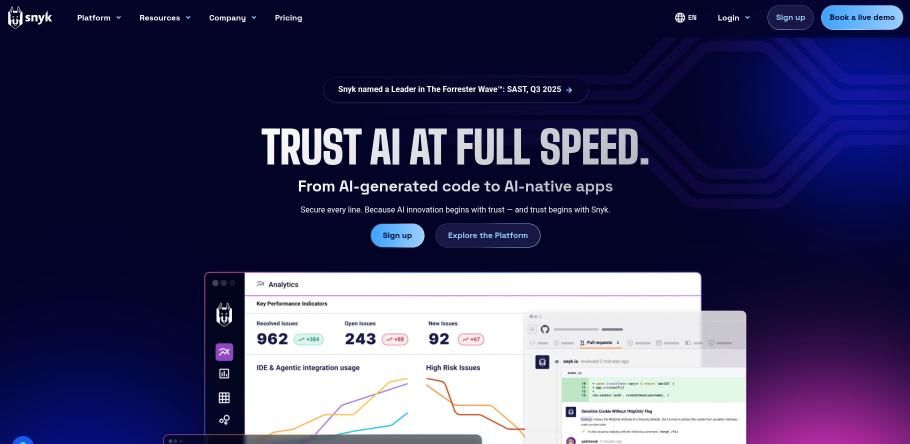
Snyk is a developer-focused platform that scans code, dependencies, containers, and infrastructure for vulnerabilities. It integrates tightly with CI/CD pipelines to provide real-time feedback to developers. It reduces manual effort with automated fix suggestions and ensures security is embedded into the development workflow.
| Aspect | Details |
|---|---|
| Pros | Developer-friendly, fast scanning, actionable remediation |
| Cons | Limited free tier, some advanced features require paid plans |
| Use Cases | Open-source dependency scanning, container vulnerability checks |
| Security Focus Area | Code & dependency vulnerabilities, container security |
| Pricing | Free tier; Team & Enterprise plans starting at $59/user/month |
2. Aqua Security
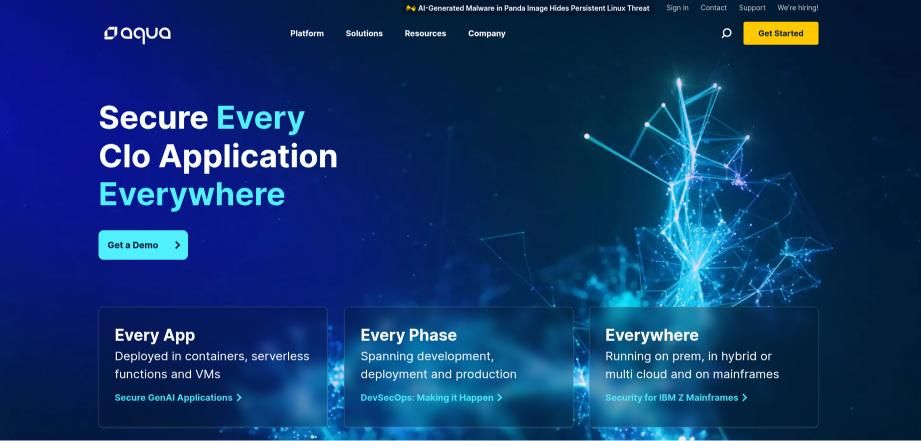
Aqua Security secures containerized and cloud-native environments. It provides runtime protection, image scanning, and compliance reporting across the container lifecycle. Operations teams can enforce security policies without slowing deployments, making it ideal for Kubernetes-heavy environments.
| Aspect | Details |
|---|---|
| Pros | Excellent Kubernetes integration, comprehensive container security |
| Cons | Can be complex for small teams, premium pricing |
| Use Cases | Kubernetes deployment security, cloud-native app compliance |
| Security Focus Area | Container security, runtime threat detection |
| Pricing | Enterprise pricing; custom quotes |
3. Checkmarx
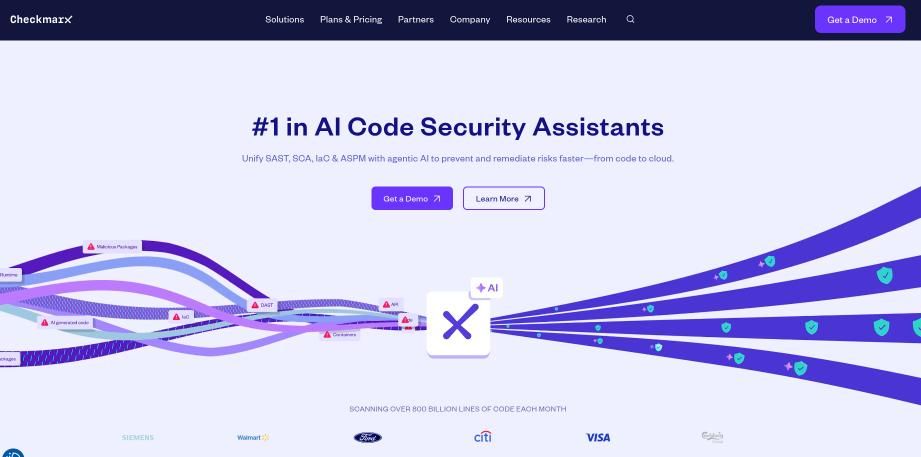
Checkmarx is a static application security testing (SAST) tool analyzing source code for vulnerabilities before deployment. It integrates into CI/CD pipelines and supports multiple languages. Embedding Checkmarx in workflows enables early detection, reducing cost and risk associated with fixing security issues in production.
| Aspect | Details |
|---|---|
| Pros | Strong code coverage, detailed reporting, enterprise-grade |
| Cons | High cost for smaller teams, complex setup |
| Use Cases | Pre-deployment code scanning, regulatory compliance checks |
| Security Focus Area | Source code vulnerabilities, regulatory compliance |
| Pricing | Custom enterprise pricing |
4. Veracode
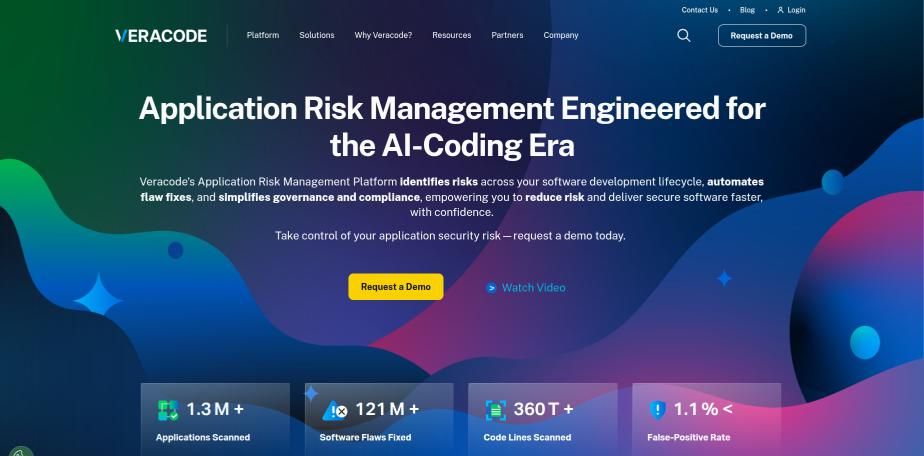
Veracode offers both static and dynamic application security testing (SAST & DAST) via a cloud platform. It integrates easily with CI/CD pipelines to secure applications at scale. Developers receive actionable insights, reducing remediation time and strengthening the overall application security posture.
| Aspect | Details |
|---|---|
| Pros | Cloud-based, scalable, strong analytics |
| Cons | Premium pricing, may require training |
| Use Cases | Enterprise web app security, continuous vulnerability monitoring |
| Security Focus Area | Code & runtime vulnerabilities |
| Pricing | Custom enterprise pricing |
5. Qualys

Qualys is a cloud-based platform providing vulnerability management, web app scanning, and compliance solutions. Automation ensures continuous monitoring with minimal manual effort. It helps enterprises detect vulnerabilities across assets and maintain regulatory compliance efficiently.
| Aspect | Details |
|---|---|
| Pros | Highly scalable, robust compliance features |
| Cons | Enterprise pricing, requires configuration expertise |
| Use Cases | Enterprise vulnerability management, compliance enforcement |
| Security Focus Area | Web app and infrastructure security |
| Pricing | Custom enterprise plans |
6. Anchore

Anchore is a container security platform that inspects Docker images for vulnerabilities, configuration issues, and policy compliance. It integrates into CI/CD pipelines for automated checks. Anchore allows teams to enforce security policies before containers are deployed, improving risk management in cloud-native environments.
| Aspect | Details |
|---|---|
| Pros | Strong container policy enforcement, integrates with CI/CD |
| Cons | Focused mainly on containers, setup can be technical |
| Use Cases | Docker image scanning, policy compliance for containers |
| Security Focus Area | Container image security, vulnerability scanning |
| Pricing | Open-source; enterprise pricing available |
7. Twistlock / Prisma Cloud
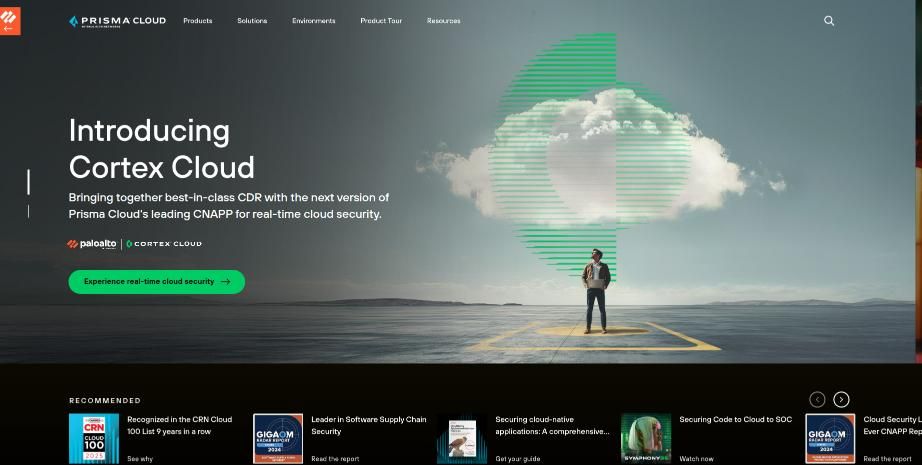
Prisma Cloud (formerly Twistlock) provides full lifecycle cloud-native security, including container, serverless, and host protection. It integrates directly into DevOps workflows. It helps organizations secure applications from development to production while providing compliance reporting.
| Aspect | Details |
|---|---|
| Pros | Comprehensive cloud-native coverage, strong compliance tools |
| Cons | Can be expensive, complex learning curve |
| Use Cases | Cloud-native app security, serverless and container protection |
| Security Focus Area | Container, serverless, and host security |
| Pricing | Enterprise pricing; custom quotes |
8. JFrog Xray
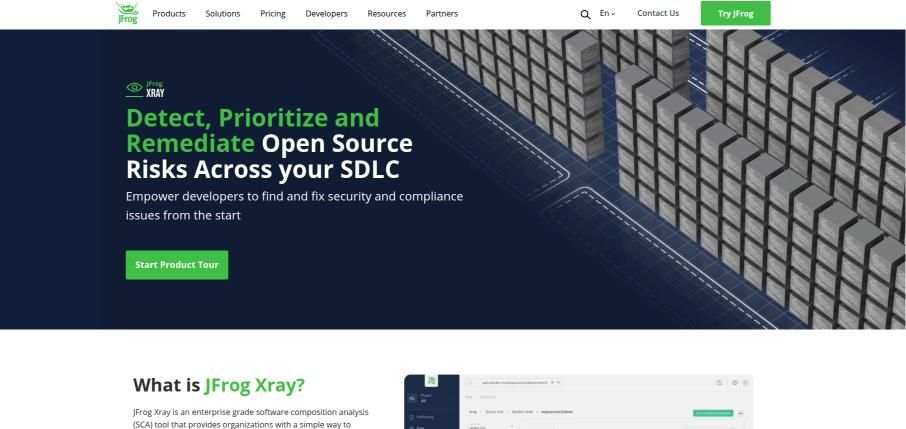
JFrog Xray scans artifacts and dependencies in CI/CD pipelines to detect security vulnerabilities and license compliance issues. It works seamlessly with JFrog Artifactory and other package managers. It is ideal for organizations leveraging DevOps pipelines with a heavy focus on artifact management and supply chain security.
| Aspect | Details |
|---|---|
| Pros | Tight integration with artifact repositories, supply chain security |
| Cons | Best suited for JFrog ecosystem, cost for enterprise plans |
| Use Cases | Artifact security scanning, license compliance checks |
| Security Focus Area | Dependency and artifact security, license compliance |
| Pricing | Custom enterprise pricing |
9. Fortify (Micro Focus)
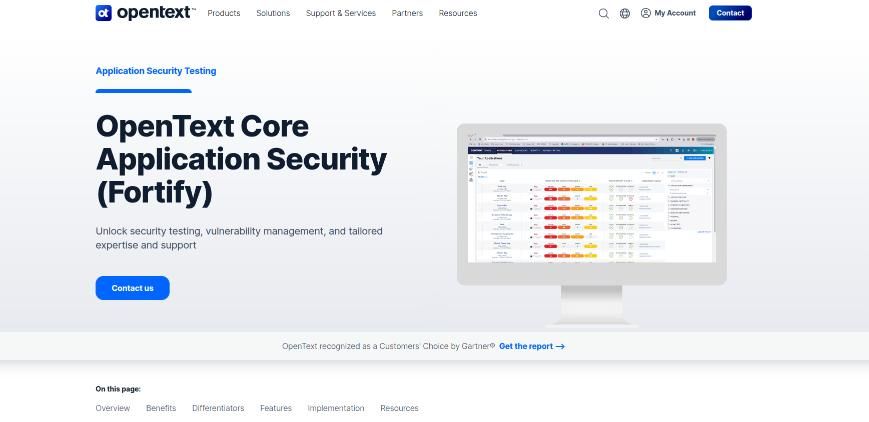
Fortify provides static, dynamic, and real-time application security testing solutions. It supports multiple languages and integrates into DevOps pipelines for continuous security enforcement. Fortify helps development teams detect vulnerabilities early and comply with industry regulations.
| Aspect | Details |
|---|---|
| Pros | Comprehensive testing options, strong enterprise support |
| Cons | Expensive, may require significant setup and training |
| Use Cases | Enterprise application security, compliance enforcement |
| Security Focus Area | Code & runtime vulnerabilities, regulatory compliance |
| Pricing | Custom enterprise pricing |
10. GitLab Ultimate Security Features
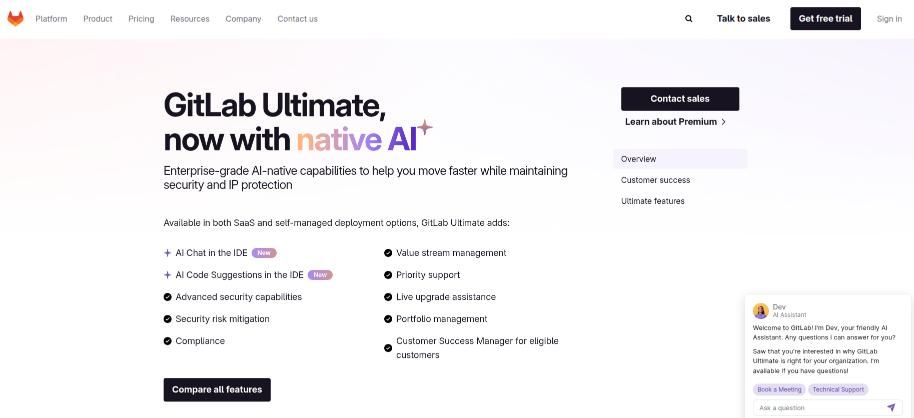
GitLab Ultimate includes built-in DevSecOps capabilities, such as SAST, DAST, dependency scanning, and container scanning. Security testing is integrated directly into the CI/CD pipelines. It is ideal for teams already using GitLab for version control and pipeline automation, providing unified development and security workflows.
| Aspect | Details |
|---|---|
| Pros | Unified DevSecOps platform, integrated CI/CD, good automation |
| Cons | Requires GitLab Ultimate subscription, may be heavy for small teams |
| Use Cases | Integrated DevSecOps pipelines, vulnerability scanning in GitLab |
| Security Focus Area | Code vulnerabilities, container security, dependency scanning |
| Pricing | GitLab Ultimate plans starting at $99/user/month |
Benefits of Using DevSecOps Tools
We read about the various tools for DevSecOps and got some insights on the features they provides. Following are the some key benefits of using DevSecOps tool:
- Automates security in CI/CD pipelines
- Detects vulnerabilities early in the development lifecycle
- Reduces risk and cost of fixing security issues in production
- Ensures compliance with industry regulations
- Improves collaboration between development, security, and operations teams
Conclusion
Security must be embedded in the development workflow for scalable web applications. DevSecOps tools like Snyk, Aqua Security, Checkmarx, Veracode, Qualys, Anchore, Prisma Cloud, JFrog Xray, Fortify, and GitLab Ultimate provide automated security, compliance checks, and continuous vulnerability monitoring.
Using these tools, organizations can shift security left, detect vulnerabilities early, and maintain high-velocity development without compromising safety. Choosing the right combination depends on project size, technology stack, and security requirements—but adopting these tools is essential for building secure, resilient, and scalable web applications.

